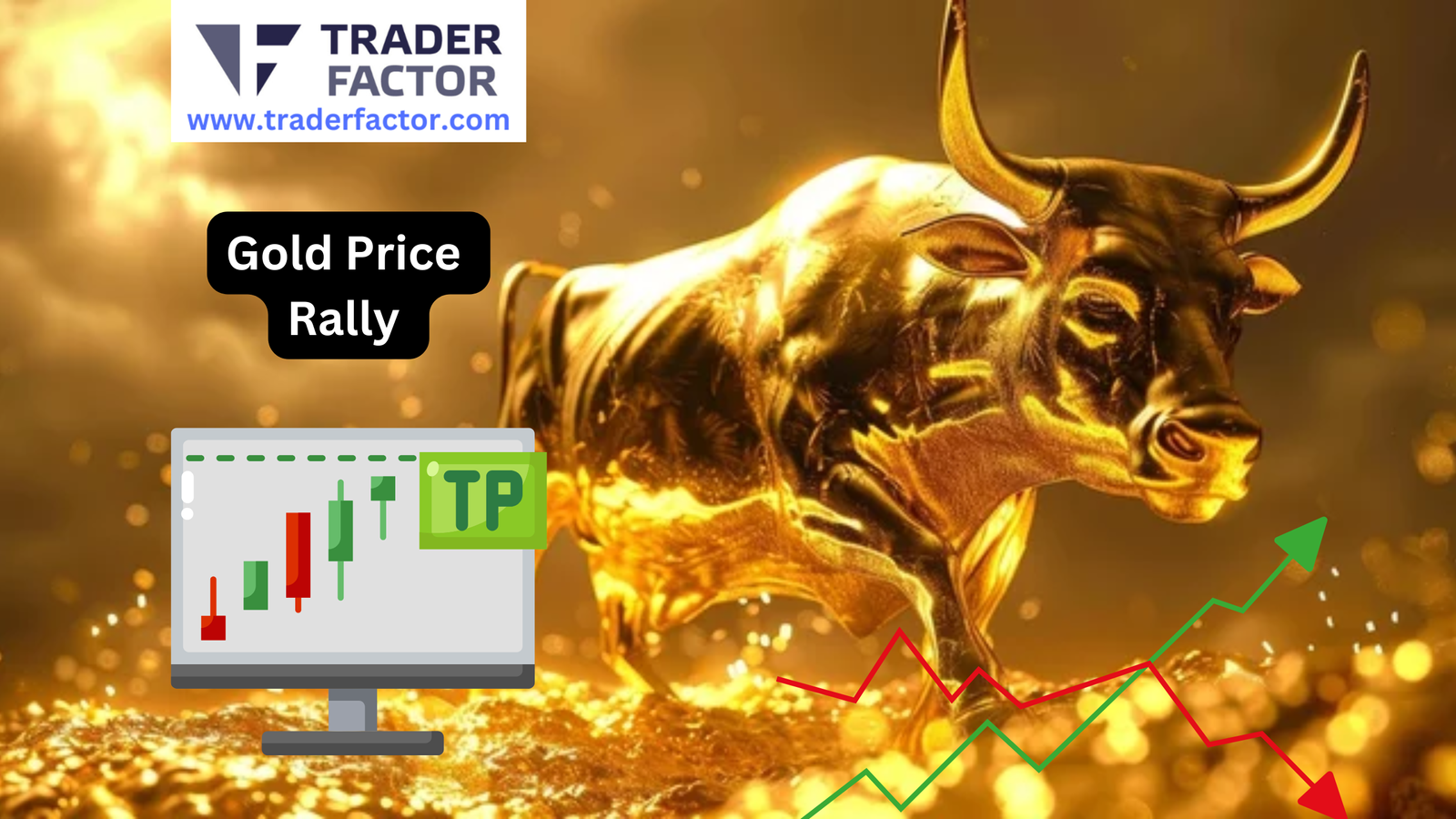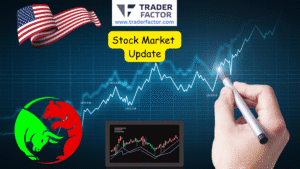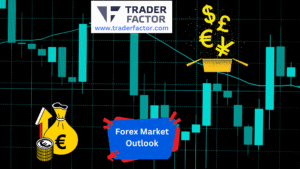Gold price has grabbed the spotlight this week, surging past $2,660 per ounce as geopolitical tensions and shifting economic circumstances continue to dominate investor sentiment. With investors seeking safe-haven assets amidst global uncertainty, gold is seeing renewed interest across markets. But what factors are driving this surge, and what does it mean for traders and financial analysts? Let’s break it down.

Gold Prices Hit $2,660
The price of gold has seen an impressive rally this week, reaching $2,660 per ounce—a significant milestone for the precious metal. Analysts predict that the next major target for buyers is $2,700, which is expected to trigger even greater investor interest.
This week’s rally has been fueled by heightened demand from investors seeking a hedge against the increasing risks in global markets as geopolitical conflicts and financial uncertainties unfold.
XAUUSD CHART

Impact of Geopolitical Tensions on Gold Prices
Global tensions, particularly the Russia-Ukraine conflict, have had a direct impact on gold prices. The situation escalated after Russian President Vladimir Putin lowered the bar for nuclear retaliation, following Ukraine’s use of U.S.-made missiles in a strategic strike. This has kept markets on edge, driving investors to seek stability in gold, historically seen as a safe-haven asset during crises.
Russia also launched psychological warfare against Ukraine, spreading rumors of imminent attacks. The deteriorating situation has continued to fuel fear in financial markets, further strengthening gold prices.
Gold seems poised for sustained demand as long as geopolitical risks persist. However, traders are keeping a close eye on other economic factors that could influence this trend.
Federal Reserve’s Role in the Market Dynamics
Alongside geopolitical factors, investors are parsing statements from several Federal Reserve officials this week. Mixed signals from the Fed have stirred debate over the likelihood of future interest rate cuts in December.
Some key updates include:
- Fed Governor Michelle Bowman emphasized caution, signaling a more hawkish stance.
- Conversely, Kansas Fed President Jeffrey Schmid noted that it’s time to “dial back restrictiveness,” citing strong employment and low inflation as indicators.
- Currently, markets are pricing a 52% chance of a 25 basis points (bps) rate cut in December, down from 83% just a week ago.
This uncertainty has dampened the market expectation for a rate cut, which could slow gold’s surge in the short run. A more aggressive monetary policy could also bolster the U.S. dollar, making dollar-priced gold relatively more expensive for international buyers and capping its upside potential.
The U.S. Dollar Rebounds—A Critical Factor for Gold
The U.S. dollar has also made a significant comeback this week, stemming a three-day slide and reviving optimism around the “Trump Trade” rally.
The dollar’s rebound has presented some headwinds for gold prices, as a stronger dollar makes gold more expensive for foreign buyers. Nonetheless, the safe-haven appeal of gold seems to overshadow this costlier price point for now as geopolitical tensions intensify.
Market Sentiment and the Path Ahead
Investor sentiment around gold remains buoyant due to consistent demand for physical gold and broader macroeconomic concerns. But other market events, such as Nvidia’s weaker-than-expected revenue forecast, have added to the uncertainty, causing ripples across financial markets.
Several factors could shape gold’s trajectory in the coming days:
- Geopolitical Developments: The Russia-Ukraine conflict and any escalations will continue to be a central focus for investors.
- Federal Reserve Commentary: Fed statements and monetary policy updates this week could significantly influence market sentiment and impact gold prices.
- Risk-Aversion Trends: If risk-aversion spikes further, demand for gold could strengthen, though the U.S. dollar may continue to weigh on gains.
Implications for Investors and Traders
Gold’s rally presents several implications for market participants:
- Portfolio Diversification: Gold’s rise might motivate investors to diversify their portfolios, aligning assets with safe-haven options.
- Shift in Strategy: Traders may emphasize gold as a hedge against volatility and an alternative investment amidst geopolitical turmoil.
- Physical Demand Surge: Continued positive outlooks for gold could boost physical market demand.
Financial analysts and traders should closely watch key indicators like Fed commentary, bond yields, and geopolitical updates. While gold prices may face short-term resistance, long-term sentiment remains favorable due to sustained economic and political uncertainties.
The Bottom Line
Gold’s recent rally underscores its role as a trusted safe-haven asset in challenging times. With prices now above $2,660 per ounce and the potential for further gains, it is an opportune moment for investors and traders to revisit their strategies.
The interplay between geopolitical turmoil, Federal Reserve policies, and U.S. dollar performance will shape gold’s trajectory in the days to come. Keep a close watch—you won’t want to miss the next key developments in the forex market.
Disclaimer:
All information has been prepared by TraderFactor or partners. The information does not contain a record of TraderFactor or partner’s prices or an offer of or solicitation for a transaction in any financial instrument. No representation or warranty is given as to the accuracy or completeness of this information. Any material provided does not have regard to the specific investment objective and financial situation of any person who may read it. Past performance is not a reliable indicator of future performance.

















